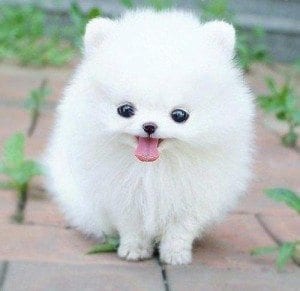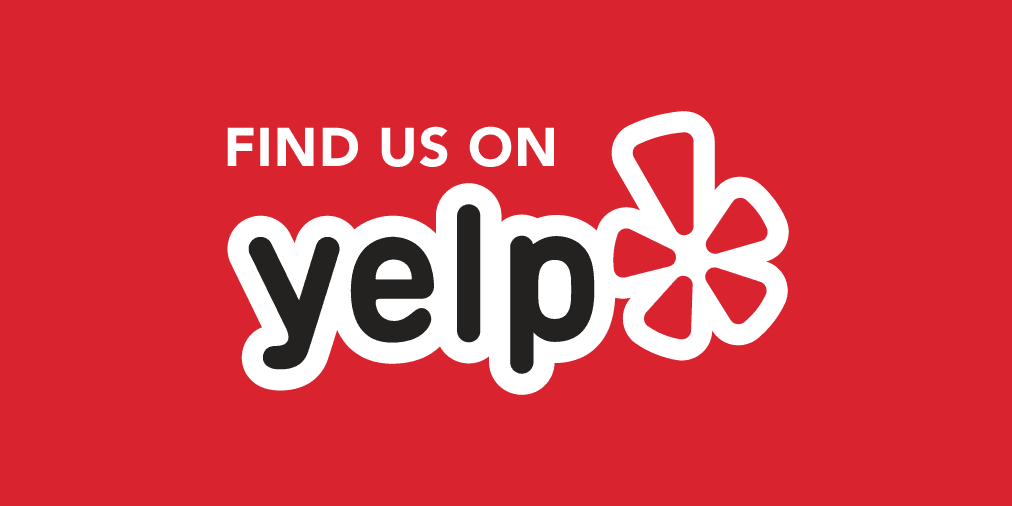
Images of cute things are spreading like wildfire across the Internet because people can’t help but love cute. The feelings we have associated with cute things (be them living or inanimate) have been engrained in our psyche since the beginning of human evolution. But the standard cute no longer applies to only babies; it can be squirrels on water skis, tiny hats on cats, or a decorated cookie.
Designers have started incorporating cuteness into their designs, from cute cars to cute phones. The Japanese were the first to fully embrace a culture of cuteness, which they aptly named kawaii. The cute culture even has complete cute fashion lines. But the rest of the world is starting to jump on the band-wagon of cuteness, and of course, commercialization of cuteness is upon us.
Something doesn’t have to be alive for it to be cute. In fact, cute can be separated into two categories: baby cuteness and whimsical cuteness. Our brains react differently to the two distinct types of cuteness, a differentiation that marketers have begun to pay attention to.
Baby Cuteness
Behavioral scientists have named baby cuteness kindchenschema, which is associated with tinyhood, bulging foreheads, huge eyes, and puffy cheeks. Studies have found that people react to this type of cuteness with feelings of intense measurable desires to protect the little beings. Along with the heightened sense of protectiveness, the individual even experiences heightened motor skills. A 2009 study showed 27 cute images of puppies and kittens to survey participants, and then asked them to play a game of Operation against individuals who only got to look at pictures of regular dogs and cats. The results of the study showed that the participants that were looking at cute pictures while playing the game were more successful at removing the difficult pieces of the spare ribs and broken hearts.
Whimsical Cuteness
The idea of whimsical cuteness is a newer concept than the deep-seeded idea of baby cuteness. Whimsical cuteness applies to objects that are unrelated to living beings, and tend to conjure feelings of self-reward and indulgence. A study conducted asked participants to scoop ice cream with two different scoopers, one that was standard and not particularly cute, and one that was shaped like a cute lady with a beehive hairdo. Even though the cute scooper held less ice cream in each scoop, participants that used the cute scooper scooped significantly more ice cream than the participants using the regular scoop. This data suggests that consumers engaging with cute products are more prone to indulge and reward themselves with favorable activities.
Although the “scientific” studies performed on cuteness sound more like an excuse to look at adorable pictures, play games, and eat ice cream, the science does not lie. With the ever-rising popularity of cute on the Internet, it is important for marketers to know the difference between baby cuteness and whimsical cuteness. Particularly in scenarios where companies are developing a social media character, where a single fictional character is interacting with your audience (think Flo from Progressive or the Geico Gecko). If you want to evoke a feeling of protectiveness, then it is best to use a cute baby (i.e. the E-Trade baby). If you want to elicit a feeling of indulgence and fun, use a cute design on your inanimate object. There is an over-abundance of cuteness available in the world, it is just a matter of utilizing the correct form. So get scientific with your cuteness!








